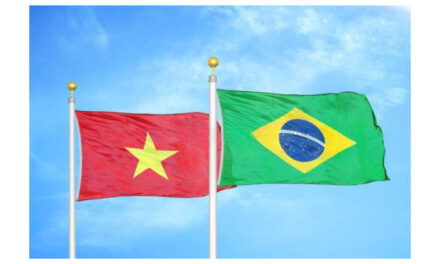India has improved its ranking on the Global Innovation Index (GII) 2019 to reach the 52nd position, up five places since last year’s rankings. The country has improved in four of the seven GII pillars—institutions; human capital and research; infrastructure market and business sophistication; knowledge and technology outputs and creative outputs.
India has steadily moved up the charts in the past five years from 81st rank in 2015, which is the fastest growth by any major economy. Published annually since 2007, the GII is considered a leading benchmarking tool for business executives, policymakers and others seeking insight into the state of innovation around the world.
The GII 2019, co-published by Cornell University, INSEAD and the UN’s World Intellectual Property Organization (WIPO), features 129 country profiles, including data, ranks, strengths and weaknesses on the basis of 80 indicators.
India’s Commerce and Industry Ministry requested WIPO to factor in India’s rural innovation as part of the innovation index in future, according to a report from the Ministry. India, ranking 4th among the lower middle-income group, has been an innovation achiever for nine consecutive years.
The Indian Institute of Technology (Bombay and Delhi) and the Indian Institute of Science Bengaluru rank among the Top 10 universities in middle-income economies, which helped push up India’s ranking to the 26th spot globally in terms of innovation quality.
Switzerland, Sweden and the United States lead the rankings, with the latter two moving up in GII 2019. Other European nations, such as the Netherlands and Germany, along with Singapore in Asia, remain consistent members of the GII top 10. This year, Israel moved up to the 10th position, marking the first time an economy from the Northern Africa and Western Asia region cracked the top 10 rankings.
The geography of innovation is shifting from high-income to middle-income economies, although innovation expenditures remain concentrated in a few economies. Most of the drive to break through that ceiling comes from China and to some extent India, Brazil and the Russian Federation.









